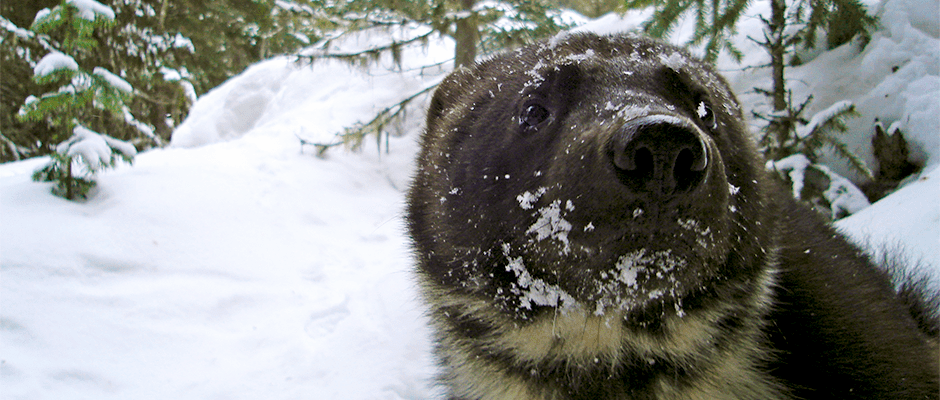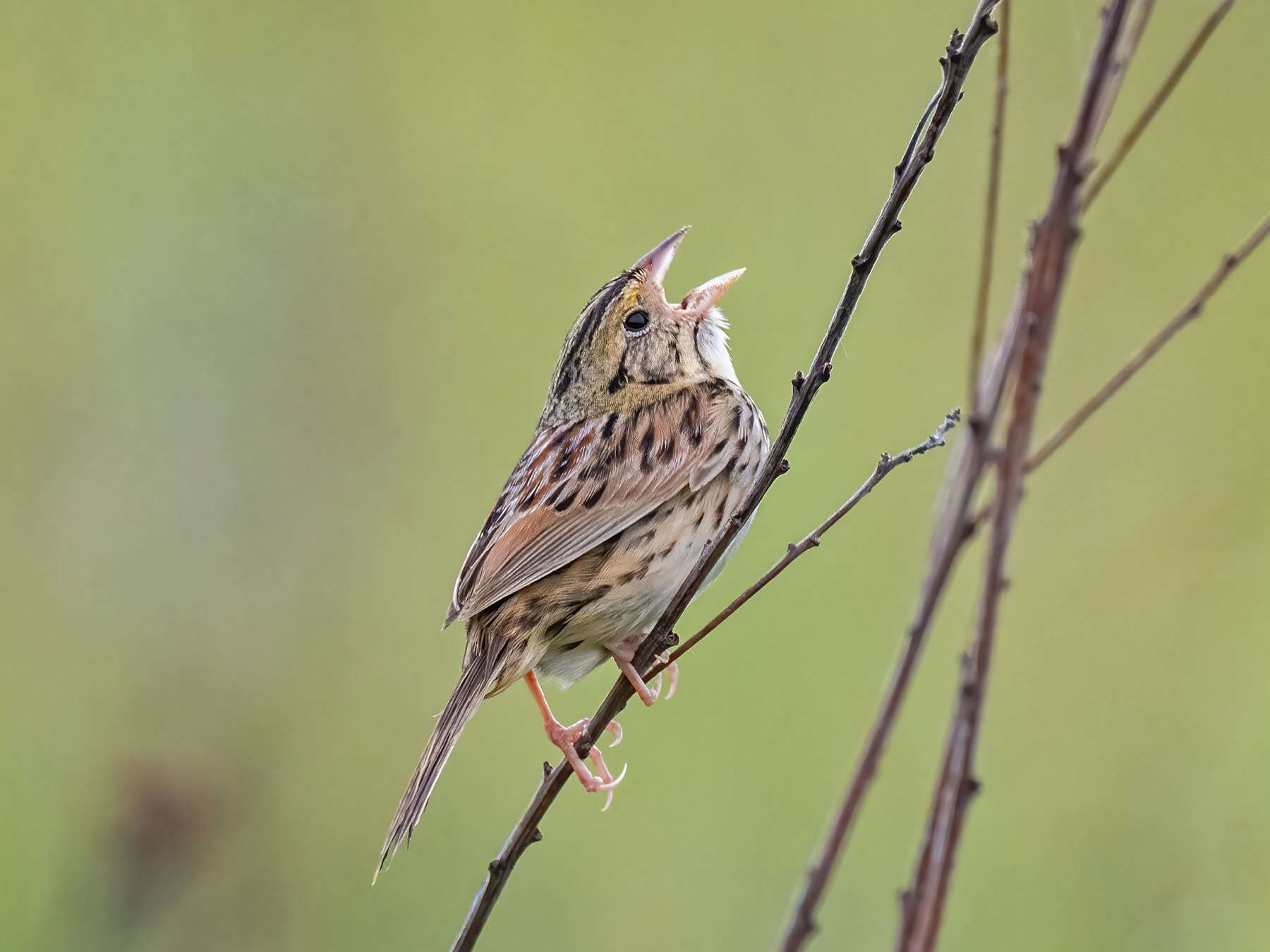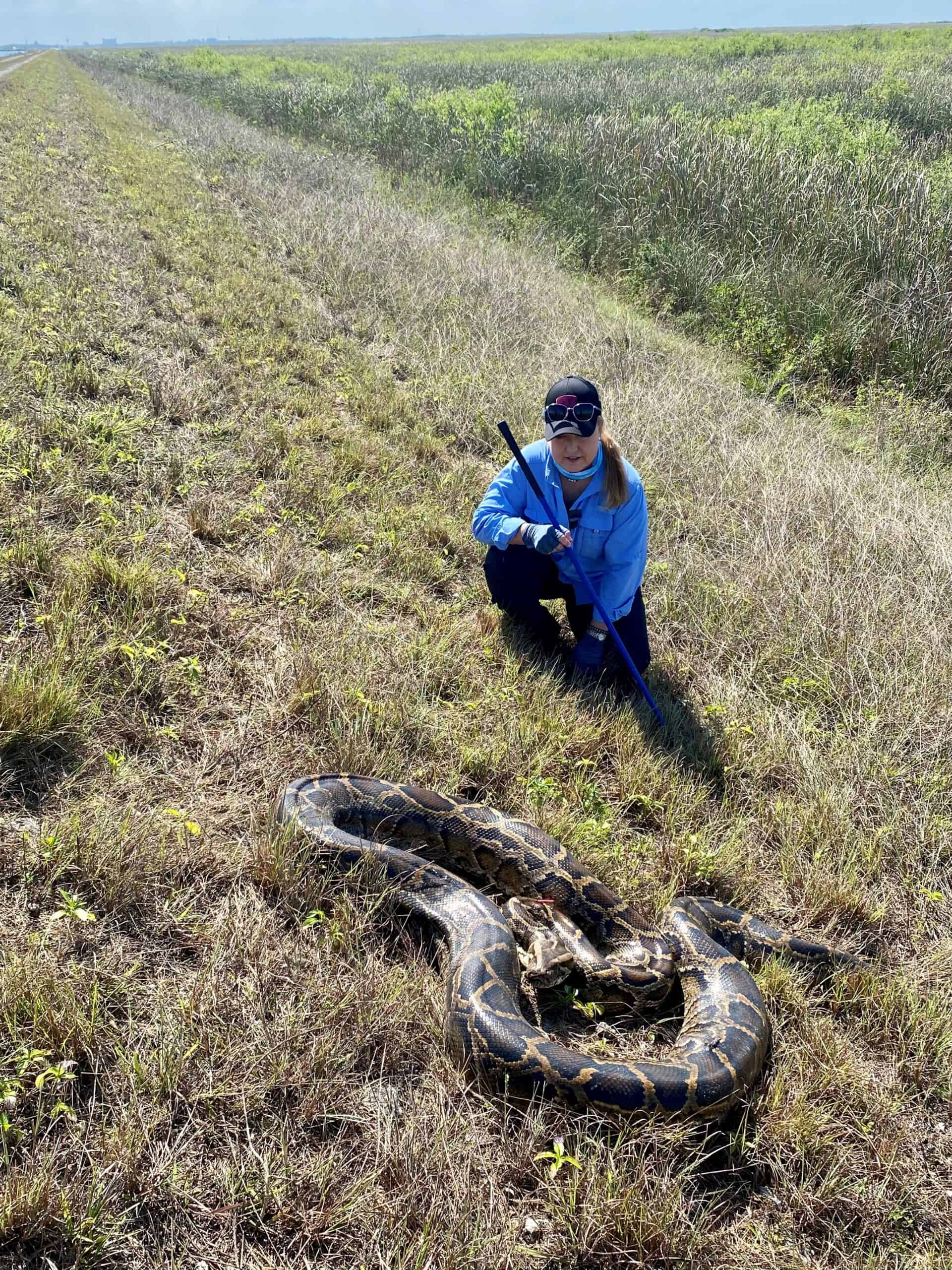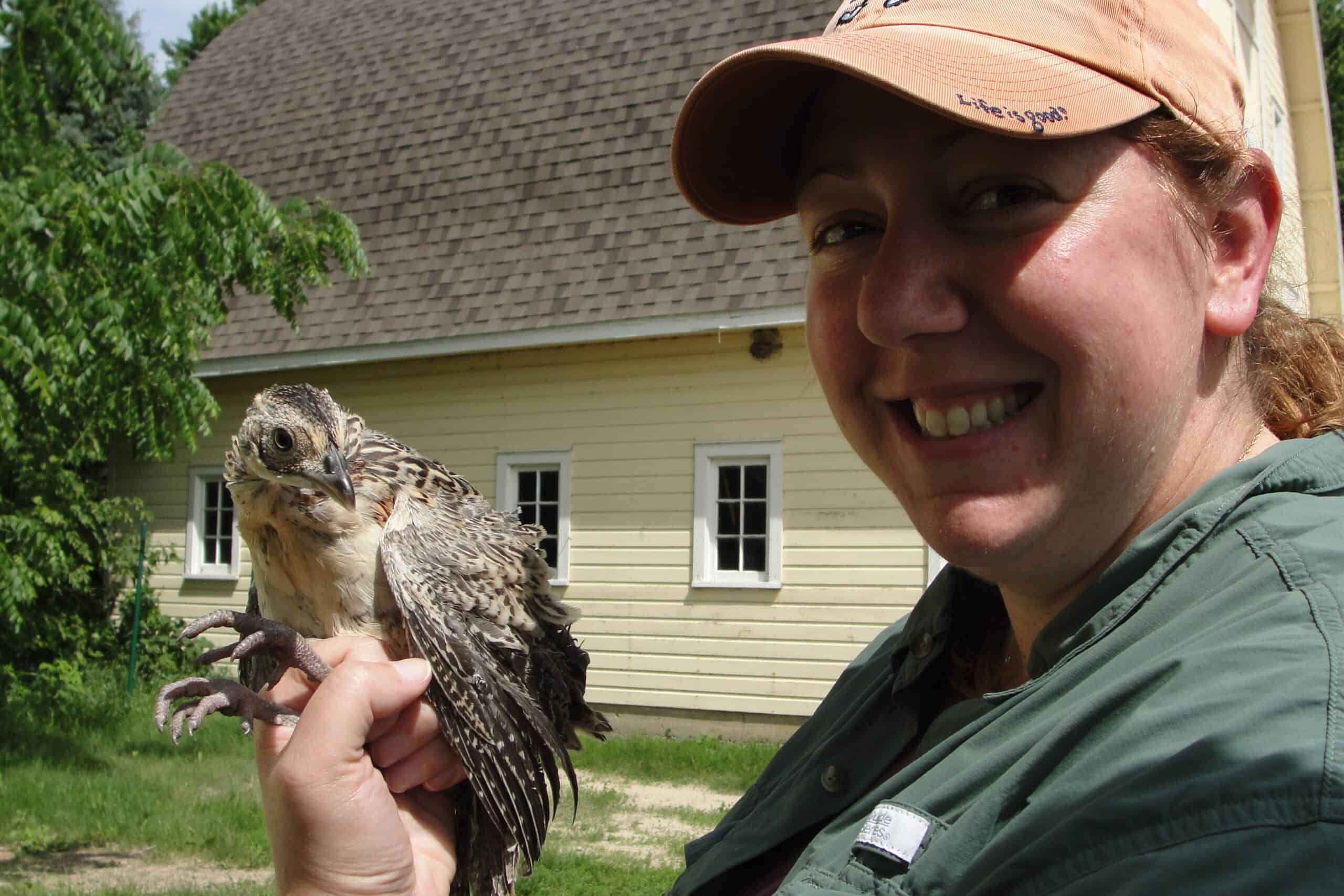Share this article
JWM study: How much snow cover do female wolverines need?
Spring snow cover in northern Alberta has been decreasing for decades. This shift is generally not expected to bode well for cold-adapted wildlife, such as the elusive and charismatic wolverine (Gulo gulo). However, this carnivorous denizen of boreal regions may be more resilient to reductions in snowpack than previously suspected, according to a recent study in the Journal of Wildlife Management.
This study, funded in part by Shell Fuelling Change, was a collaborative effort among members of the Alberta Conservation Association, the Alberta Trappers Association and faculty at the University of Alberta. The team investigated the relationship between female wolverines and spring snow cover by reviewing data obtained from fur harvest records and camera traps across several Natural Regions of Alberta: Rocky Mountains, Foothills, Canadian Shield and Boreal Forest.
Multiple sources of data were used to estimate snow cover at the end of the wolverine denning season (April – May), including satellite imagery (MODIS), images from camera traps and snow depth data provided by the AgroClimatic Information Service and Canadian Meteorological Centre. Wolverine occurrence was partly inferred from fur harvest records maintained at fish and wildlife area offices. Additionally, baited camera traps were used to record sex, reproductive condition and number of individuals.
Overall, female wolverines were more likely to be harvested from traplines with greater and more frequent spring snow cover; however, this relationship appeared to be regionally variable. Surprisingly, most wolverines were harvested in the Boreal Forest, which had the lowest levels of spring snowpack within the study area. But, the researchers acknowledge that information on trapper effort in the area was not known. Camera traps in the Boreal Forest also recorded several lactating females, suggesting the animals were reproducing.
“The evidence suggests that wolverines can be reproductively successful and have viable populations in areas that don’t have consistent spring snowpack,” said Doug Manzer, senior scientist and wildlife program manager with the Alberta Conservation Association. These findings stand in contrast with previous research that proposed wolverines have an obligatory relationship with snow.
In Alberta, the Endangered Species Conservation Committee designates wolverines as “data deficient,” reflecting the need for additional research. According to Manzer, classifying wolverines appropriately will require a good understanding of their distribution and occupancy across the province. In particular, subsequent studies that explore the role of snow cover on den-site selection by females and their reproductive success will be valuable, as will investigations of wolverine diet and prey availability.
“We’re not suggesting that snow isn’t important to them,” said Manzer. “They might just be more adaptable than we’ve been thinking.”
Zachary Cava is a freelance writer in Buffalo, N.Y.
Header Image: A wolverine peers at a camera trap. ©Mike Jokinen








